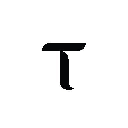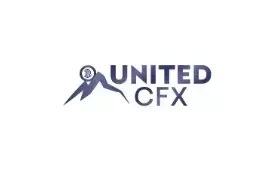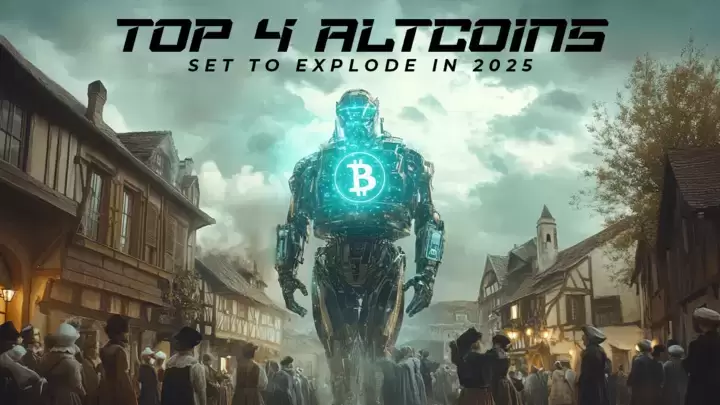The global non-fungible token (NFT) market size is estimated to grow by USD 84.13 billion from 2025-2029, according to Technavio.

The global non-fungible token (NFT) market is set to grow by USD 84.13 billion from 2025-2029, according to Technavio. The market is estimated to grow at a CAGR of 30.3% during the forecast period. Increasing demand for digital art is driving market growth, with a trend towards growing interest in NFTs among major brands. However, uncertainty in NFTs poses a challenge.
Non-Fungible Tokens (NFTs) have taken the art, athletes, and celebrities world by storm. These digital assets, represented by unique codes on a blockchain, bring scarcity and ownership to digital artworks, collectibles, and even virtual real estate. The gaming industry and media & entertainment sector have embraced NFTs, with Ethereum network leading the charge. NFTs allow for the tokenization of games, trading cards, and virtual items, creating new revenue streams for creators and investors. Augmented Reality (AR) and Extended Reality (XR) are set to revolutionize the NFT space, allowing consumers to experience digital property in new ways. The NFT community is growing, with online platforms providing distribution networks and smart contracts ensuring secure, decentralized transactions. However, regulatory considerations are crucial. Intellectual property rights, securities laws, and consumer protection are key areas of focus. Proof of work and proof of stake are the two main consensus mechanisms, with proof of stake becoming increasingly popular due to its energy efficiency. The NFT market is not without challenges. Fraud and regulatory uncertainty remain concerns. The White House has acknowledged the potential of NFTs, but a clear legal framework is needed. Taxation and logistics are also important considerations. Despite these challenges, the future of NFTs is bright. They represent a new frontier in decentralized finance, enabling the tokenization of physical assets like art, houses, and vehicles. As the NFT market matures, it will undoubtedly disrupt industries, from the art world to the sports collectibles market and beyond.
Big brands such as Visa Inc. And Budweiser are increasingly exploring the potential of Non-Fungible Tokens (NFTs) as a new revenue stream. The appeal lies in the ability to offer unique digital assets as rewards to consumers. Brands like eBay Inc. And Amazon.com Inc., being digitally native, are also showing interest in this trend. The shift toward Web 3.0 and the growing number of e-commerce transactions are expected to fuel the adoption of NFTs, leading to an increase in market transactions and the expansion of the global NFT market.
This non-fungible token (nft) market report extensively covers market segmentation by
Collectibles- Non-Fungible Tokens (NFTs) are unique digital collectibles, minted on the Blockchain with limited editions or rarity. Owners have exclusive rights to sell their NFT collectibles, and vendors offer online platforms for buying and selling. NFTs cannot be exchanged or copied without permission. The market's growth is driven by the increasing demand for digital assets, with industries going digital and the ubiquity of the Internet. Tokenization, which creates digital tokens representing ownership, further fuels growth. Key features include royalty payments to NFT owners and prevention of unauthorized use. These factors are expected to drive the NFT market's expansion.
The Non-Fungible Token (NFT) market is revolutionizing the way we buy, sell, and own digital assets. This innovative technology allows for the unique representation and ownership of digital artworks, gaming items, and other electronic assets on the blockchain. The gaming industry has embraced NFTs, enabling tokenization of in-game items and creating new revenue streams. NFTs are built on decentralized networks like Ethereum, utilizing blockchain technology and cryptocurrencies for secure transactions. The legal framework surrounding NFTs is still evolving, but ownership is verified through the blockchain, ensuring scarcity and authenticity. NFTs can also be experienced in Augmented Reality (AR), Virtual Reality (VR), and Extended Reality (XR) environments, adding new dimensions to digital property. However, the market is not without challenges, including potential fraud and the need for distribution networks. Major players include NFT vendors and suppliers, who facilitate the buying and selling of these unique tokens. The Metaverse and Decentralized Finance (DeFi) are also key areas of growth for NFTs, offering new opportunities for creators and investors alike. Magic Eden is an example of a popular NFT marketplace, providing a platform for buying, selling, and discovering new NFTs.
The Non-Fungible Token (NFT) market is a revolutionary digital ecosystem where Art, artists, Athletes, and various industries intersect. This decentralized platform, built on blockchain technology, enables the creation, ownership, and trading of unique Digital Assets. These assets can range from Digital Artworks and Collectibles to Virtual Real Estate and Virtual Items, including Painting, Music, Vehicle, and even House. NFTs leverage blockchain's transparency and security, providing proof of ownership and scarcity for Digital Property. The Ethereum network is a popular choice for NFT creation due to its smart contract capabilities. Augmented Reality (AR) and Extended Reality (XR) enhance the NFT experience, allowing users to interact with their Digital Assets in new ways




















































































